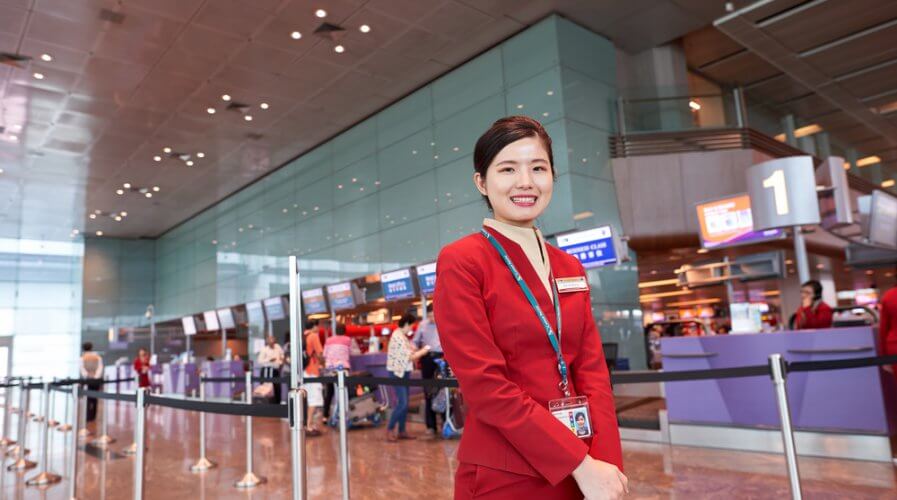
Skyscanner is urging partners to intergrate with its platform for a better CX and conversions. Source: Shutterstock
How Skyscanner is optimizing CX for maximum revenues
BUYING a holiday online should be no more difficult than buying groceries or clothes online. That’s the expectation customers have today as organizations across industry verticals seem eager to delight with digital experiences.
In the travel industry, as agents are disrupted by online aggregators, providing a good customer experience (CX) isn’t easy because there are often more than one platform and partner involved in the transaction.
A business traveler looking to travel to Hong Kong from Kuala Lumpur, for example, might want to book one leg of the journey on one airline and the other on another, and may also choose to rent a hotel room and hire a car for the duration of the stay.
While leading aggregators such as KAYAK, Cleartrup, and Skyscanner can make the CX quite intuitive, customers often have to move to a partner’s platform to complete the transaction.
Any hiccups in the digital experience, however, might cause the customer to abandon the process and start afresh — perhaps on another platform altogether.
In an interview with Tech Wire Asia at the RISE 2019 Conference, Skyscanner Growth Marketing Lead Fang Fang discussed the company’s efforts to streamline the customer journey and provide a solid and more consistent CX.
“At Skyscanner, our motto is traveler first, partner second, company third, and that’s what drives the experiences we create.”
According to Fang, in order to provide travelers with a great CX, the company has been working on a massive integration project — with its partners.
“Since there’s a massive demand for a seamless mobile experience, the integration project aims to work with partners such as airlines to ensure that the transaction can be completed on the Skyscanner app itself, rather than have the customer move to the partner’s app or platform.”
At first, it sounds like Skyscanner is taking power away from their partners — who have plenty of opportunities to do more with the customer on their platform. However, Fang assures that is not the case.
“While we’re looking to solve travelers problems with the integration, the reality is that doing so not only helps customers but also our partners. If our partners don’t succeed, it’s hard for us to succeed as a business.”
An example Fang touched upon was Skyscanner’s integration with Cathay Pacific last year and the recent announcement of the massive improvement in conversion as a result of that partnership.
“Since partnering with Skyscanner and embracing its direct booking platform, we’ve seen a robust improvement in the user conversion rate of almost 40 percent,” Cathay Pacific Head of Distribution Strategy Kenneth Lee told Skyscanner.
“Combined with a 17 percent year-on-year increase in overall traffic versus 2017 from Skyscanner, this has resulted in a significant uplift in revenue generated from the platform,” Lee added.
Fang sees Skyscanner as a technology company in the travel space and believes that being obsessed with helping travelers and providing them with a great experience is what will ultimately maximize revenues for the company and its 1,200 partners globally.
READ MORE
- Aviation giant Airbus turns to chatbots to engage top talent
- In the digital economy, MoneyGram focuses on getting the basics right
- How FedEx uses technology to delight customers in the digital era
- FedEx Express/Ground collaboration will improve last-mile delivery
- Growth is fabulous: Why Foodpanda’s app and team are growing rapidly






